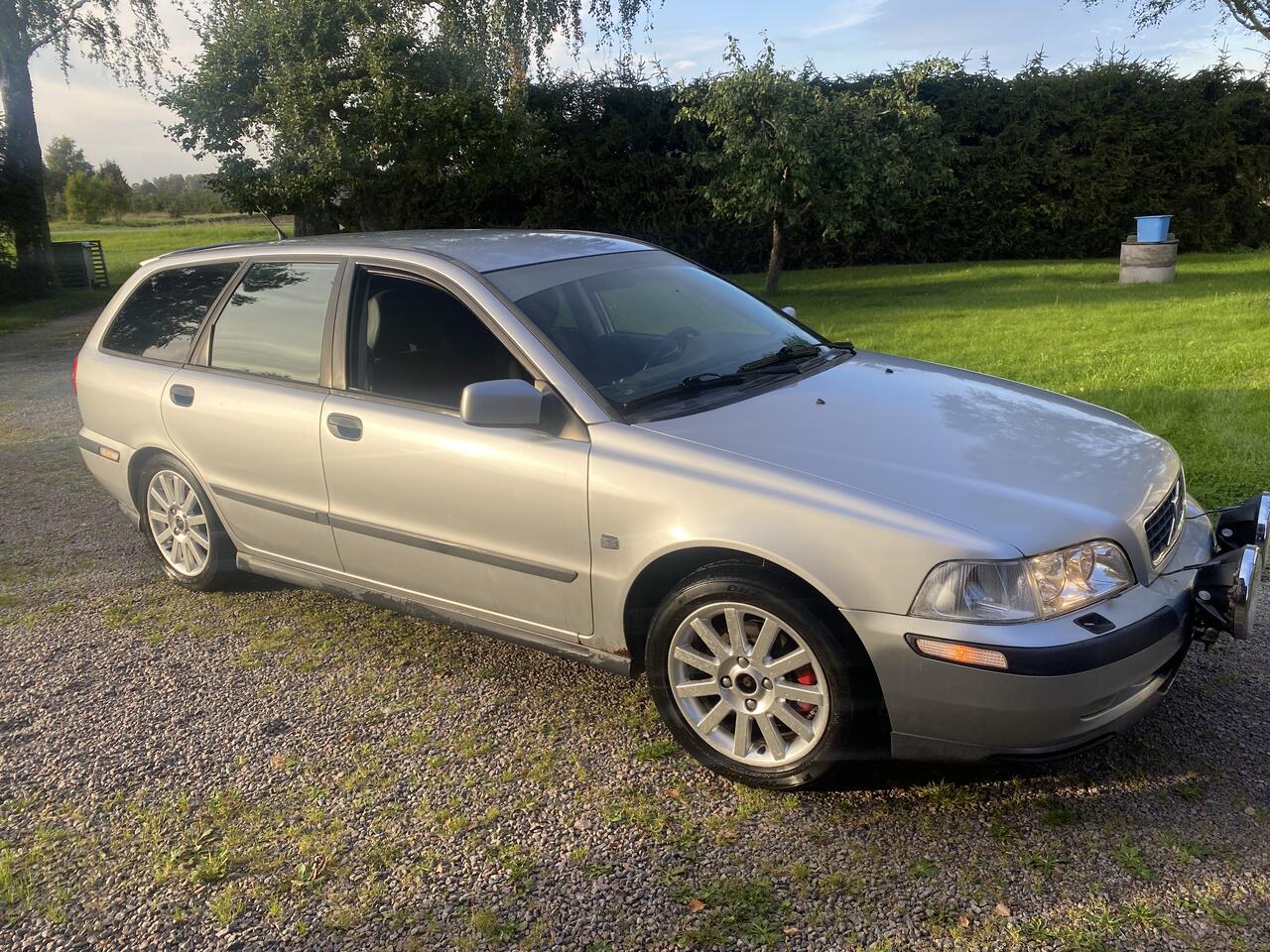Eller såhär om man ska vara facklig och jobbig:
The purpose of EGR (Exhaust Gas Recirculation) is to reduce the NOx emissions. Air is mainly made of oxygen and nitrogen (O2 and N2). At temperatures above 1300°C (2372°F), these molecules split apart and rejoin with each other to make nitrogen oxides (like NO, NO2, etc...). The nitrogen oxides contribute to smog formation.
EGR puts a portion of the exhaust gas back into the intake manifold, so it mixes with the fuel and air. (Note that the exhaust adds to the fuel and air; it doesnt replace any of it). The added mass in the cylinder is harder to heat up, so the combustion events have lower peak temperatures. The lower temperatures prevent the O2 and N2 from splitting and combining. Even though the exhaust is hot, about 600°C (or 1112°F), it's much cooler than the 1300°C required to make NOx.
In summary, the exhaust adds mass, increasing the heat capacitance of the mixture (i.e. making it harder to heat up the mixture in the cylinder). Peak temperatures are lower, reducing NOx formation, which ultimately reduces smog in the environment.
The reason EGR improves fuel economy is because it reduces the engine's pumping losses. For the cylinder to move down on the intake stroke, the piston is working against the intake manifold vacuum. Another way to say it is that the vacuum above the piston tries to prevent the piston from going down. EGR increases the mass in the intake; more mass means higher pressure, or less vacuum. Now the piston has less resistance during each intake stroke, which results in better gas mileage.
Some people just need a high five...
In the face....
With a chair!






